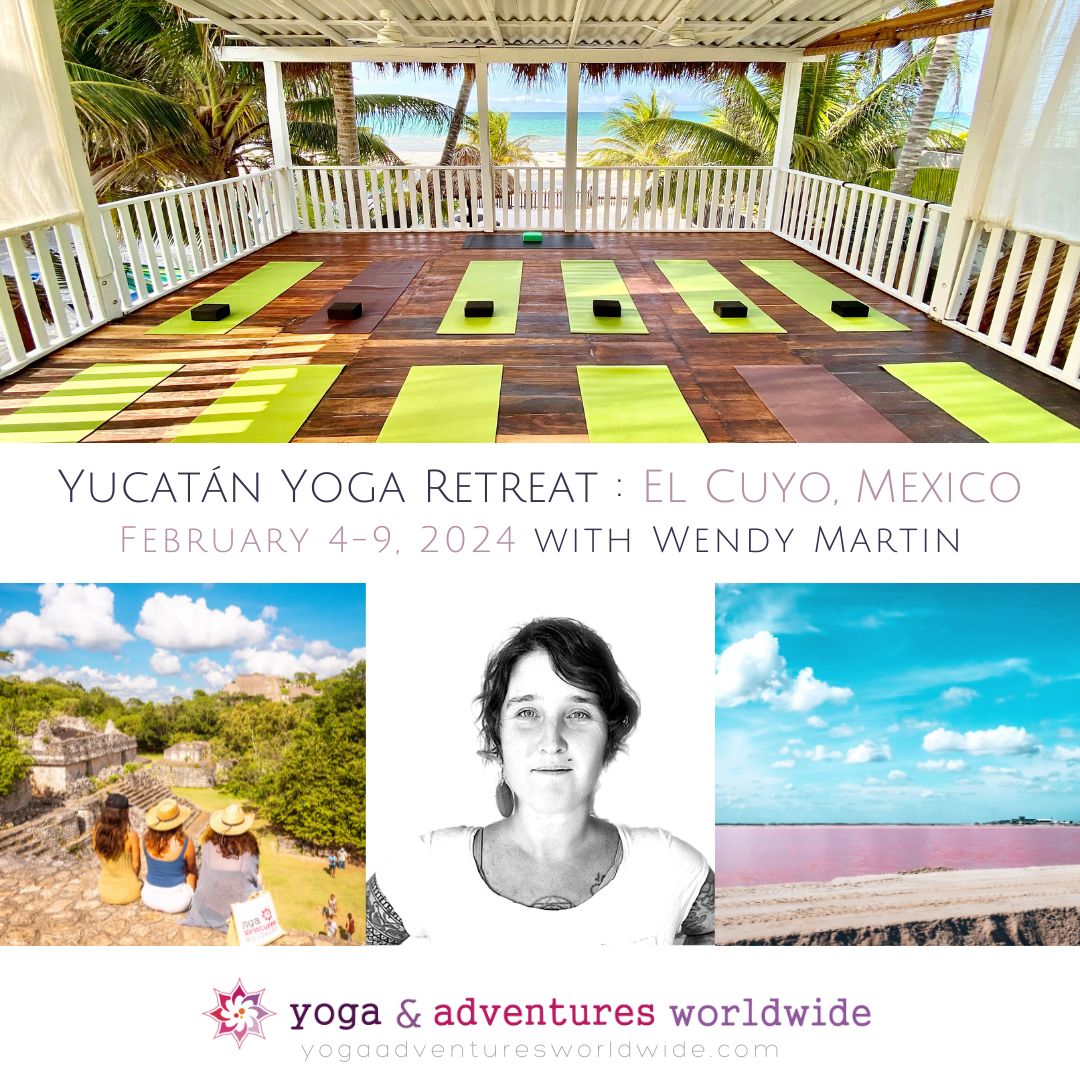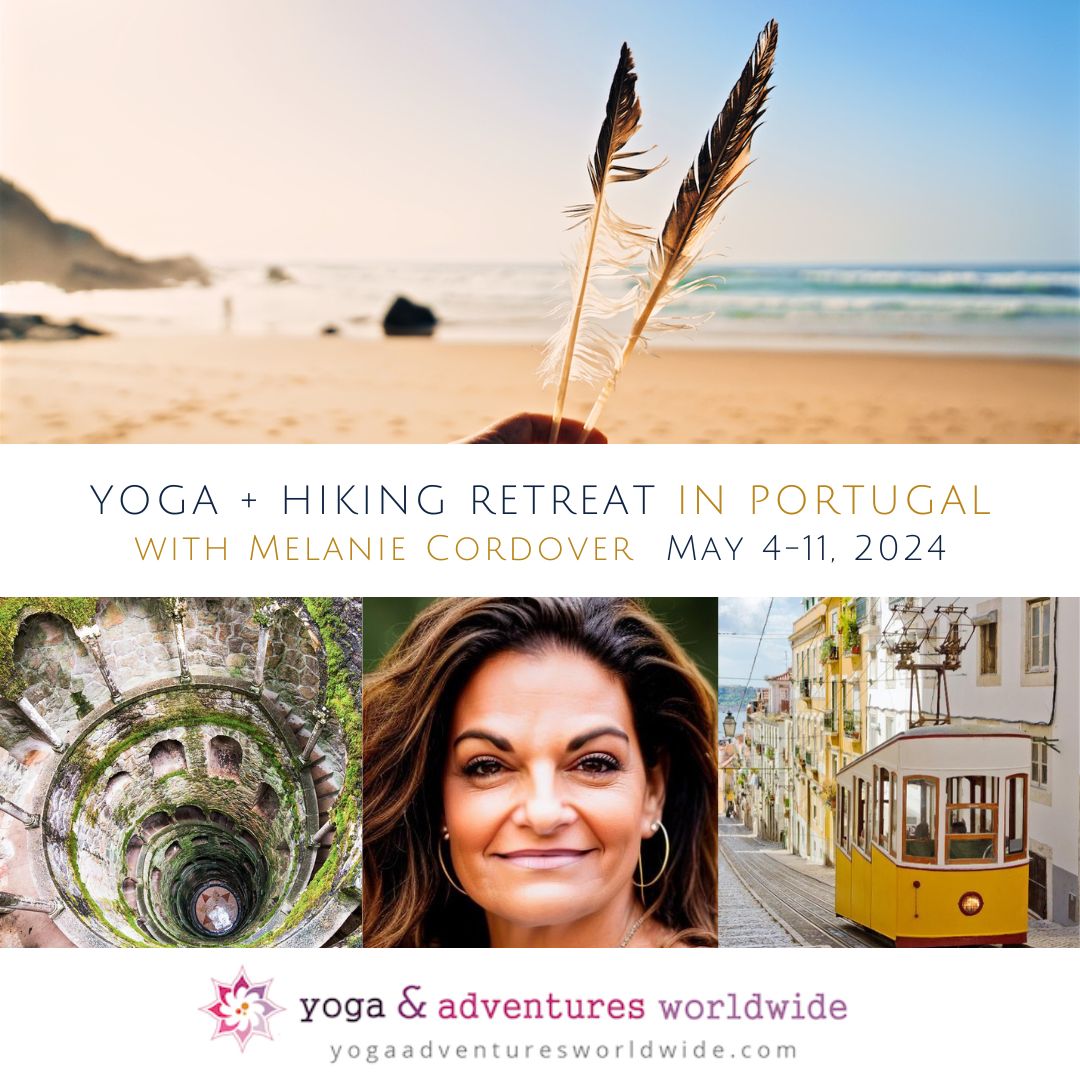‘I Include Myself’ : Gay Havana
Words by Laurie Greene
June 20, 2018
Cuba, like most other places in the world, has not always been accepting of
homosexuality or queer culture. As documented by Cuban Poet and novelist
Reinaldo Arenas in the autobiographical film Before Night Falls (2000), life for
openly gay Cubans was often met with discrimination and political retaliation in
the years following the Revolution. Because it was seen as a “result of Capitalism”,
in violation of the hyper-masculine revolutionary ideal, in 1959 Fidel went on the
mission to rid the country of homosexuality, imprisoning many, or forcing them
into “re-education camps”. “We would never come to believe that a homosexual
could embody the conditions and requirements of conduct that would enable us to
consider him a true revolutionary, a true communist militant,” (Castro told a
reporter in 1965). During the Aids crisis in the 1980s, HIV-positive Cubans were
quarantined in sanitariums, which critics called “prisons”. Much has changed in
Cuba, where today, gay culture now thrives despite continuing challenges.

Poster for the 2018 Week for LGBTQ Equality
Much of this change is due to the political activism that began in 2008, when, after a gay rights
speech by Dr. Mariela Castro Espín, the daughter of President Raúl Castro, the capital staged its
first gay pride parade in protest of these historical injustices. Her vision has resulted in an
ongoing educational campaign in schools and government reform to ensure LGBTQ rights in
Cuba. Homosexuality was legalized in Cuba in 1979, but a 1988 law still technically prohibits a
“publicly manifested” presence. On my last visit, in May, I was fortunate to arrive on the day of the
11th gay pride parade, the start of two weeks of LGBTQ rights education in schools and public
institutions in Havana and neighboring cities. “The revolution continues,” said Dr. Castro, 53, a
sex educator for the state program Cenesex, at the official post-parade festival as she held a
rainbow placard of this year’s motto, “Yo Me Incluyo (I Include Myself).” “Until there is equality
and diversity for all Cubans in all aspects of our society.” (Castro, May 4, 2018).
What I have experienced during my visits to Havana defies this “official invisibility”. Men walking
the Malecon (an 8 mile walk along the ocean wall of the city) holding hands, Drag Queens
holding court at the Hotel Inglesia in the afternoon, beautiful young men “cruising” La Rampa
around the fancy hotels frequented by tourists. My “Queer Havana” guide, historian and
producer, Alejandro agreed to accompany me on a tour of gay nightlife in Havana, but not before
warning me…there would be no women. (So what’s new?!).

The Malecon in the evening
Starting with a walk from the old city down the Malecon toward 23rd street at the corner by the
Hotel Nacional (known as La Rampa), the hub of the “gayborhood” in Havana. The fashionable
Vedado is the center of gay life, with its cruising streets (up 23rd ), “gay” and “gay-friendly” bars
and clubs. Our first stop off the Malecon was the mYXto, then on to Kingbar, La Gruta, the
Cinema Yara and Centro Vasco. We passed the Parque Central (where men might meet up) and
later on to Efe on 23rd and “F” street for a happy hour cocktail. Efe is a popular “gay-friendly”
club in Havana, as are many on 23rd street. (Later that evening, I did see a few younger Lesbian
couples in Efe, so they do exist!). After dinner, we caught a midnight drag show in a club which
was only gay on Monday night. The bouncers checked us in and the club was packed with
beautiful men and women (straight!). We squeezed our way up near the stage and people
watched until the show began…an hour late, as I expected.

Efe on 23 rd Street
Cubans are beautiful people, and this club did not disappoint, but gay nightlife here as in many
places in the USA, is for gay and bisexual men (not women). Gay culture is reminiscent of the
bar scene in the US before cell phones. Absent strong “connectivity” and an “internet culture”,
this area is referred to by locals as “Havana’s sofa”, what cities in the United States and Europe,
once called “cruising grounds” — areas that for the most part are now replaced by hookup
apps. Havana is gay nightlife before “Grindr”.
As we entered the bar, cheeks were doubled kissed and space was politely made as we squeezed
by. After standing for some time, a table emptied, and Alejandro escorted us to some seats. We
continued chatting and about 10 minutes later one of the men who had left returned, and
Alejandro immediately offered our seats back to him. He declined, saying he was going out for a
smoke. Moments later, I watched a table near the stage, suddenly rose to relinquish their seats to
four beautifully dressed women who had just arrived. My anthropological eye, observing, I
wondered: who are they? Movie stars, house celebrities, the owner’s girls…? I asked Alejandro
and he looked confused, assuring me, “No, they just reserved that table. But, just like with our
seats, everyone is entitled to sit when those who have the table are not using it. We’re all in this
‘shithole’ together”. The ‘humanity’ of this statement says so much about the simple civility of
Cuban life; where, with limited access to resources, and minimal wealth, Cuban people share
what they have as a matter of custom.

The Drag Show in the Vedado
The culture of sharing was witnessed the next day as well, when, while searching for bottled
water, we happened into a small bodega, only to find a woman buying the last 6 pack of plastic
bottles. We frowned, and she began to open her six pack and offer three for sale. It was striking
how different these scenes would have played out in the United States, where despite excess, we
are less likely to share what we have with others.
On day three of our People to People experience in Havana, we made a day trip to the beach
about 20 minutes outside of the city. A section of this beach, Mi Cayito, is gay, with a small
beach bar, volleyball courts and rafts and beach chairs for rent. Local gay men and tourists
mingle on this friendly beach with beautiful water. As Luis, a beachgoer commented, “I feel
good here (Cuba) – I can be me. I am accepted in my building, in my work, in my neighborhood,
in my family (though my dad was the most difficult) and I think I speak for most of the people.”
He hoped that “gay marriage” would soon be legal in Cuba, as reformers have been promising.
Though I found Havana’s queer scene to be vibrant, Santa Clara, known as Cuba’s “gay oasis”
boasts a yearly drag celebration called, Alfombra Roja “Red Carpet”, and famous gay clubs, the
most renown, El Mejunje (the mixture). Sorry, Havana. Santa Clara is touted Cuba’s most
“revolutionary city.” Santa Clara has been a feisty little city in center of the island, since Che
Guevara liberated it in December 1958 marking the end of the Batista regime. Little cultural
revolutions have been erupting here ever since, and most maybe significantly, the transformista
(drag) revolution. Santa Clara is known as a city where creativity abounds, and subversion (of
the restrictions imposed by the government) is seen as sport. My daughter Naomi visited in 2017
and was floored by the crowds of gay and trans people waiting outside a “ruined hotel with trees
growing out the windows”. Inside the packed club, El Mejunje the disco beats blared and men
and women (yes, women!) danced until the next morning (Naomi left at 2:30 and it was still
hopping). El Mejunje has been having discos and drag shows here for 20 years, where it boasts
the oldest official drag show and celebration in the country.
Though Cuban culture still struggles with homophobia, and machismo still guides gender roles,
Cuba has come a long way since the persecution of gay activists during the years following the
Revolution. Having embarked on a campaign to eradicate homo- and transphobia, and making a
commitment to combat HIV/AIDS through healthcare and education initiatives, and possibly
because of the valued place of the arts and artistic expression, Cuba is becoming a very
welcoming place for queer culture. In particular, transformista (drag) is admired as a form of
artistic expression and creativity is expressed sexually and passionately in this country, where
“bisexuality” (ambidextro) is said to be common, and Travesti (trans) are afforded sex
reassignment surgery and hormone replacement as part of paid national healthcare (since 2010).
But, In the Cuban context where freedom of expression and association remain under tight
control of the state, Cenesex is perceived by many as trying to assume a monopoly in the
promotion of LGBTQ rights, and independent Cuban LGBTQ rights activists report being
hounded for criticizing Ms Castro. There has, however, been a seismic shift in Cuba when it
comes to LGBTQ rights, in terms of social acceptance, healthcare, legal recognition and
visibility. Though there is still a way to go before equality is reached, “viva la difference!”.

“Mistress” of ceremonies: Travesti Maria at the Hotel Inglesia


